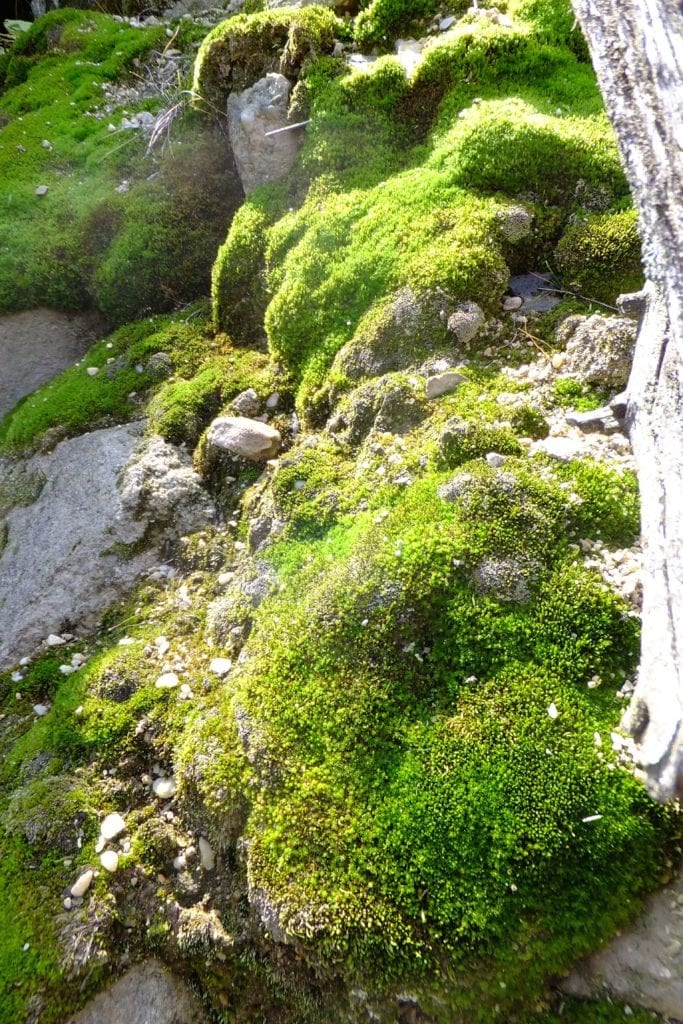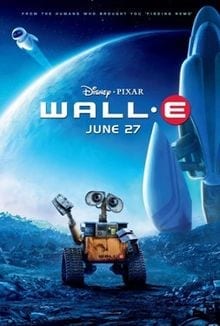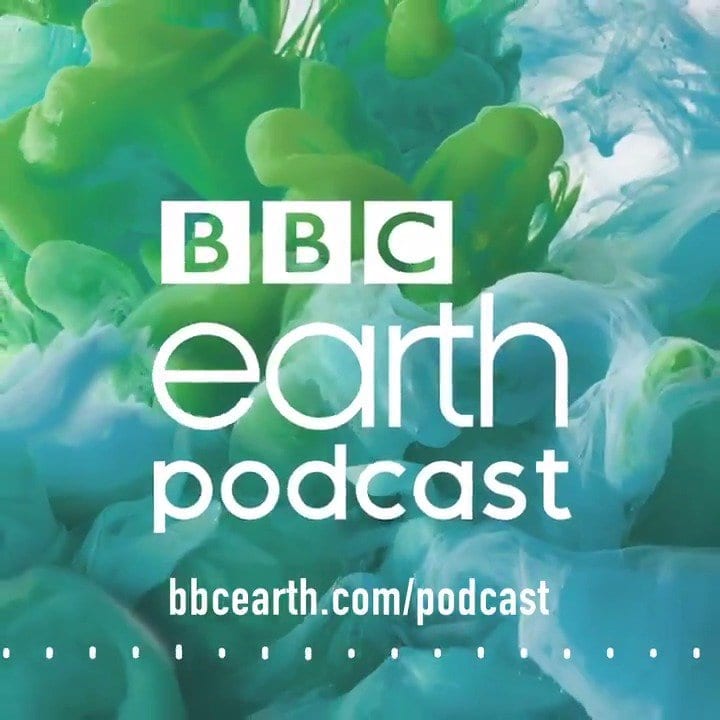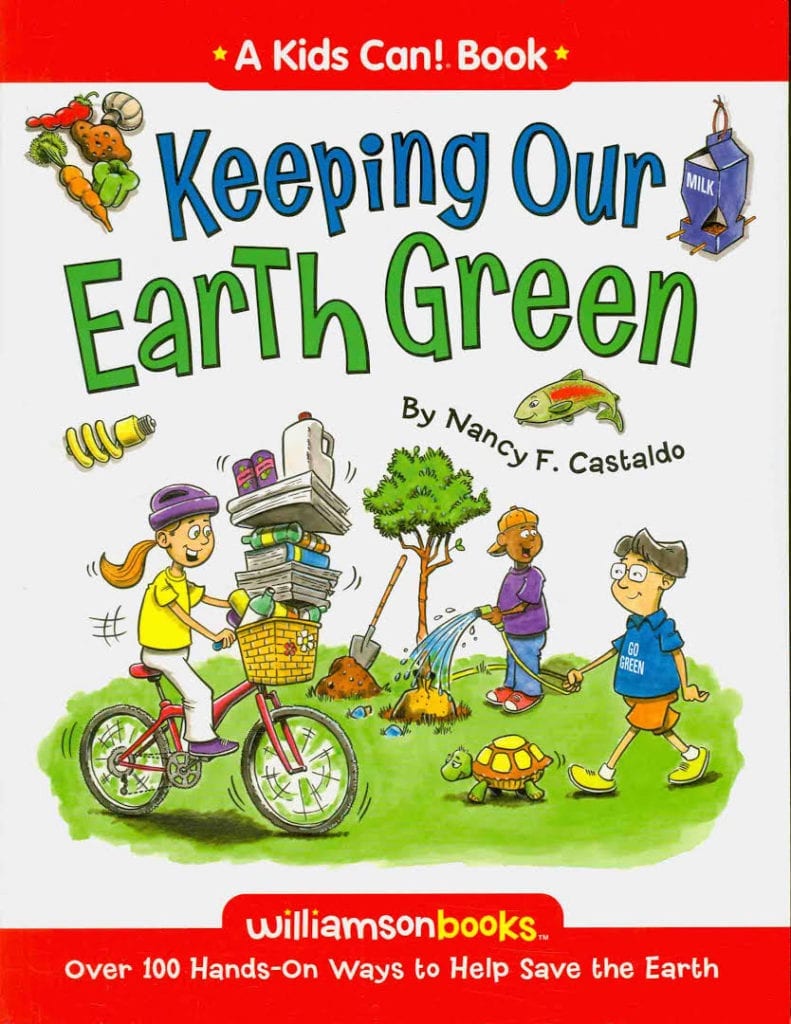Earth Day celebrations involve both the head and the heart. In addition to learning about our environment, many look to express their love for nature, appreciation of humans’ relationship to the rest of the world, grief for environmental degradation, and hope for the future. To communicate both environmental science and the powerful connection we feel with Earth, people create a variety of art and media. Whether you prefer paintings, podcasts, or poetry, we hope you will find something in the following list that teaches you something new about Earth, evokes your own feelings of connection with our planet, and instills the need to protect it. This sampling is by no means a complete list, so please share your own favorites in the comments! Happy Earth Day!
Poetry:
- The Brook, by Alfred Lord Tennyson: Water is part of nature that many peo
 ple are drawn to. This poem paints a picture of a living brook and the many landscapes it creates and interacts with on its path to the river.
ple are drawn to. This poem paints a picture of a living brook and the many landscapes it creates and interacts with on its path to the river. - There Is Another Sky, by Emily Dickinson: Dickinson expresses admiration for nature as it is found in a garden in this short poem. Many gardeners can probably relate to the feeling of connection to the Earth found in a garden, whether that garden is in the middle of a city, a few pots on a porch, or in a backyard.
- The Peace of Wild Things, by Wendell Berry: One of the United States’ most loved poets, Wendell Berry’s musings on love, human behavior, and nature and its cycles draw us back into an appreciation for the beauty of the earth. Hear him read the poem for which this collection is titled here. (Suggested by Rachel Hogan Carr, NNC’s Executive Director)
Movies:
- FernGully: The Last Rainforest: A popular animated environmental film for children, FernGully tells the story of a group of fairies who protect their rainforest home from pollution and logging. An imaginative introduction to environmental themes for younger members of the family.

- WALL-E: This Pixar movie is about the adventures of a trash compacting robot who is the last one left on an Earth abandoned by humans. It also carries messages about our impact on the planet and the importance of our connection to Earth for both our happiness and our survival. Entertaining and thought-provoking for all ages.
- The Memory of Fish: Dick Goin is a fisherman in Washington state who recognizes his connection to salmon in the Elwha River and his debt to them for providing him and his family with a source of food for decades. When he sees that their numbers are declining, he sets his mind to achieving the largest dam removal project in US history, restoring the salmon’s habitat. The Memory of Fish is an inspiring look at how persistence and conviction can deliver results.
- A Fierce Green Fire: The 50th anniversary of Earth Day is an especially fitting occasion to watch this film, which overviews the history of the environmental movement (primarily in the U.S., though some attention is given to global issues). For those who are interested in a big picture look at how we got to where we are today, this is a fascinating and informative film.
Podcasts/Radio:
- BBC Earth: BBC describes this podcast as “a storytelling journey to the heart of our planet, whether it’s
 into the rainforest, spending eight days in total darkness in a cave in the Namibian desert or watching a newly hatched chick take a giant leap of faith.” For those who may be feeling stuck at home and would like to travel into the field to learn more about the beauty and wonder of our world, this podcast could be one way to do so.
into the rainforest, spending eight days in total darkness in a cave in the Namibian desert or watching a newly hatched chick take a giant leap of faith.” For those who may be feeling stuck at home and would like to travel into the field to learn more about the beauty and wonder of our world, this podcast could be one way to do so. - America’s National Parks Podcast: Presented by LL Bean, this podcast is great for fans of National Parks and the United States’ unique natural landscapes. It tells stories of the parks’ histories, important individuals involved with each park, and the varied environments found in our National Park System.
- Living on Earth: A public radio program broadcast from the School for the Environment at the University of Massachusetts, Boston, and hosted by Steve Curwood, Living on Earth provides “news, features, interviews, and commentary on a broad range of ecological issues.” A recent episode included connections between the pandemic and climate change, a description on the unique way the Violaceous Trogon bird builds its nest in the middle of a wasp nest, and gardening tips, among other topics.
Visual Art (Suggestions from Keri Maxfield, NNC’s Art Director):
- Yann Arthus-Bertrand: Arthus-Bertrand has been portraying the state of the planet in photographs since 1995. Widely known as a specialist in aerial photography around the world, Arthus-Bertrand has published 60 books, including Abrams’ best seller Earth from Above. Arthus-Bertrand’s From Above includes 32,000 images of 113 countries from above – you can pick which country you want to visit.
- Frans Lanting: Lanting has been hailed as one of the great photographers of our time. His influential work appears in books, magazines, and exhibitions around the world. For more than 30 years, Frans Lanting has traveled around the world to document wildlife and wild places from the Amazon to Antarctica with images that convey a passion for nature and a sense of wonder about our living planet. View Lanting’s work here.
- Nils Udo: Udo is a German artist from Bavaria who has been creating environmental art since the 1960s when he moved away from painting and the studio and began to work with, and in, nature. He began in the 1960s as a painter on traditional surfaces, in Paris, but moved to his home country in Bavaria and started to plant creations, putting them in Nature’s hands to develop, and eventually disappear. As his work became more ephemeral, Udo introduced photography as part of his art to document and share it. View Udo’s Art in Landscape here.
- Innumerable artists have drawn inspiration from nature and environmentalism in their works. To further explore art relevant for Earth Day, see a longer list of artists at earthday.org.
Books
- Keeping Our Earth Green: Over 100 Hands-On Ways to Help Save the Earth, a Kids Can!
 Book, by Nancy F Castaldo: This book helps kids explore a variety of environmental issues with sections on science, real-world solutions, suggestions for taking action, instructions for at-home experiments, and more. Although it tackles some potentially overwhelming issues, it explains topics at an age appropriate level for late elementary through middle school and always points readers toward actions they can take to make a difference.
Book, by Nancy F Castaldo: This book helps kids explore a variety of environmental issues with sections on science, real-world solutions, suggestions for taking action, instructions for at-home experiments, and more. Although it tackles some potentially overwhelming issues, it explains topics at an age appropriate level for late elementary through middle school and always points readers toward actions they can take to make a difference. - Drawdown, by Paul Hawken: If Keeping Our Earth Green is a Kids Can! Book, then Drawdown is like an Adults Can! Book. Drawdown describes a plausible path to drawing down our carbon emissions by overviewing the 100 most substantive solutions to global warming. All solutions discussed are already in place somewhere in the world and the book details each solution’s history, the carbon impact it provides, the relative cost and savings, the path to adoption, and how it works. If you’ve been shaken by stories of the current and future impacts climate change will have on our world and people everywhere, Drawdown guides you into the next step of answering the question “what can I do about it?”
Music
- Down to Earth, by Peter Gabriel: This song is from the soundtrack of the Disney Pixar film, Wall-E. In keeping with the conclusion of the movie, its lyrics are hopeful and discuss humans caring for and coexisting with the Earth.
- Big Yellow Taxi, originally by Joni Mitchell: One of the most well-known songs with an environmental focus, Big Yellow Taxi mentions concerns about development, pesticides, and deforestation. It was released in April 1970, the same month as the first Earth Day and has been covered by a variety of artists since.
- What a Wonderful World, by Louis Armstrong: The perfect song to listen to while a spring breeze blows in through the window, What a Wonderful World expresses appreciation for the world around us, both other people and nature. It begins: “I see trees of green, red roses too; I see them bloom for me and you; And I think to myself what a wonderful world.”
